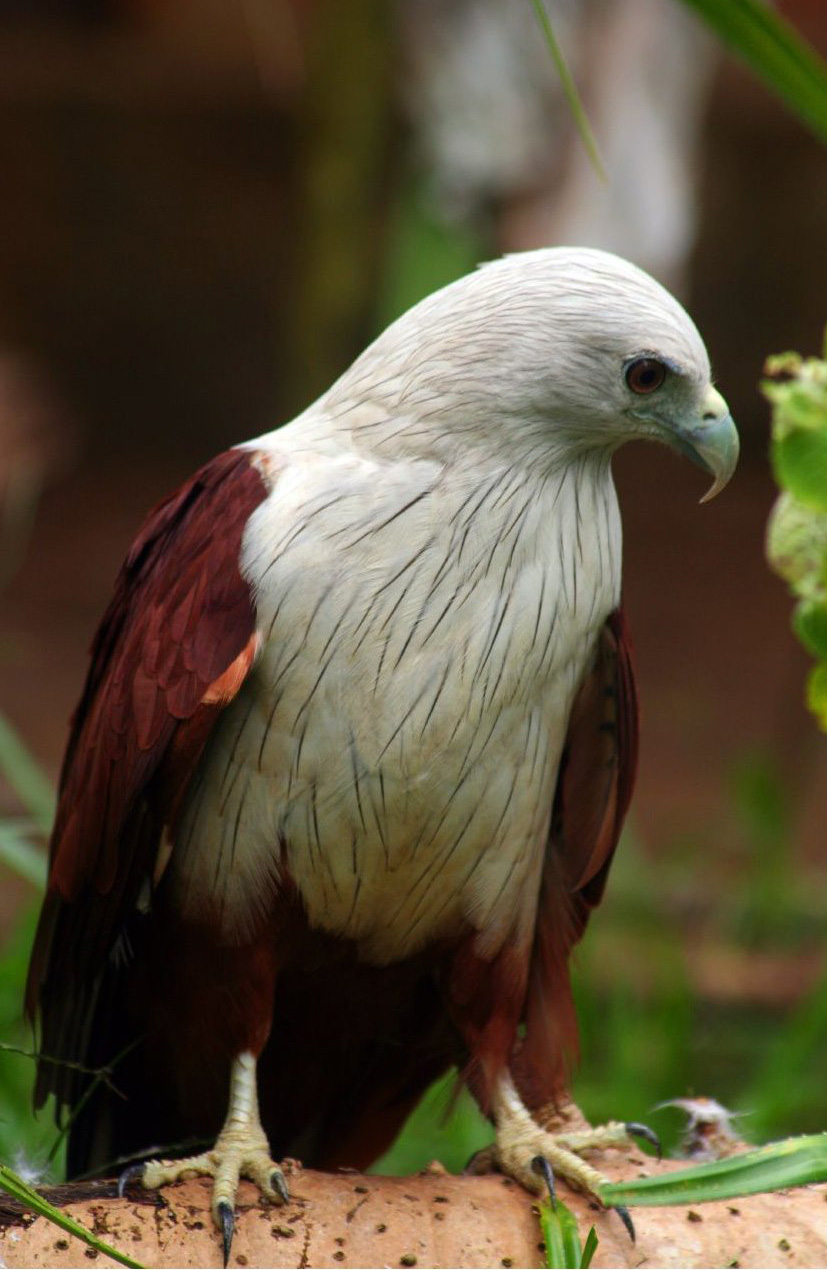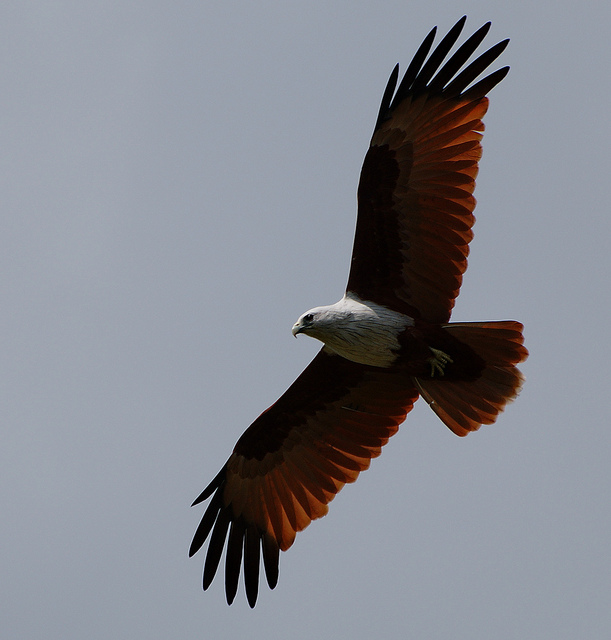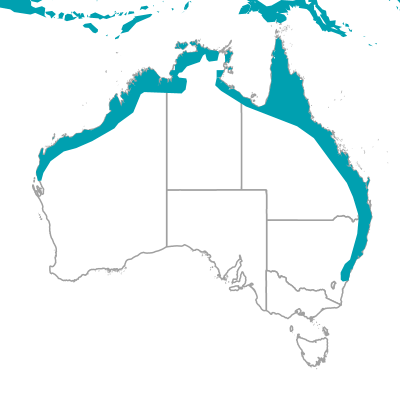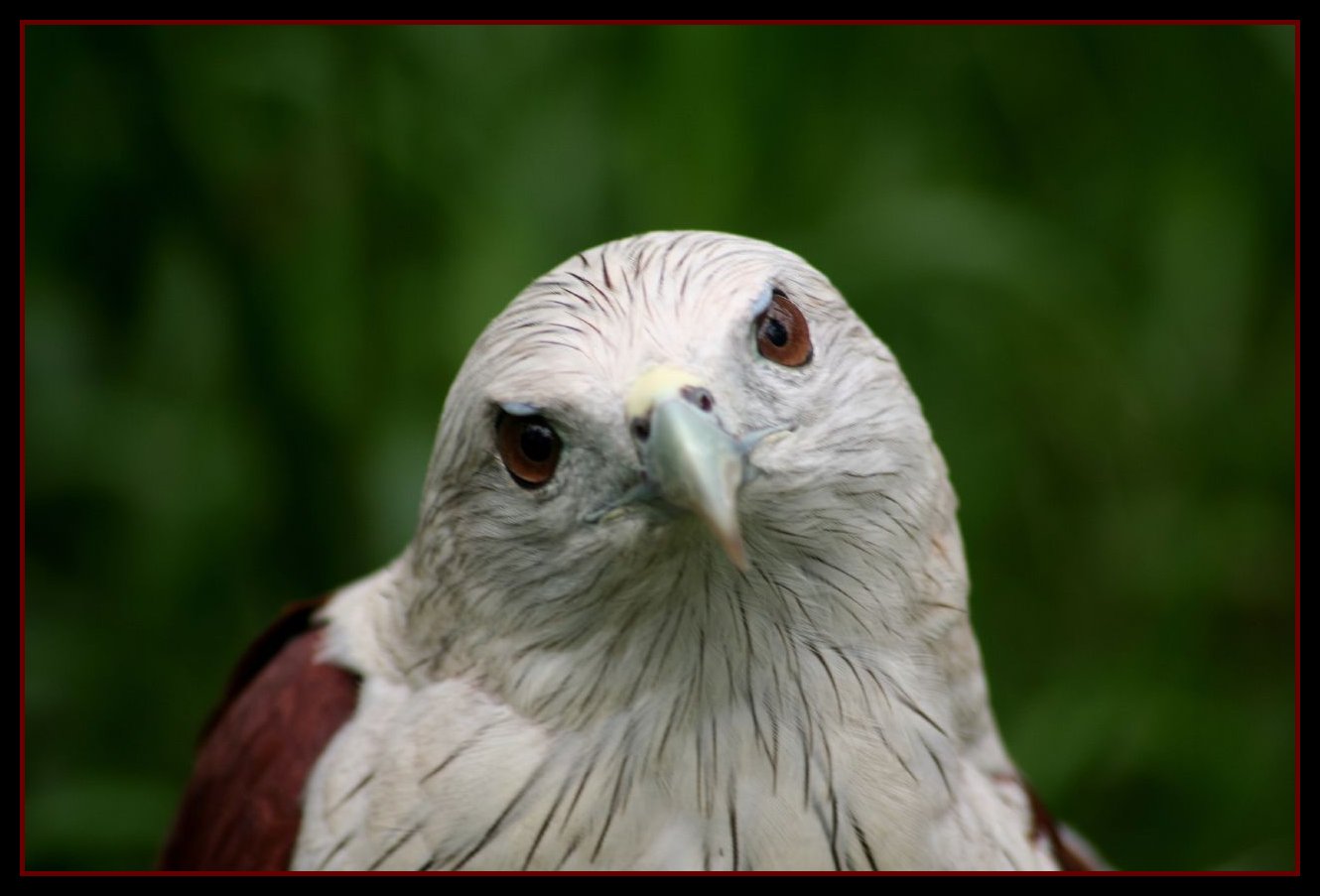Behaviour
Diet
Kites are predators/scavengers and commonly eat dead animals (carrion) and fish washed onshore. They also steal prey from other birds.
Field Guide
Improve your identification skills. Download your Brahminy Kite field guide here!

Brahminy kites are medium sized birds of prey common in coastal areas. Adults have an unmistakable white head and chest with a chestnut brown coloured body. They have dark coloured eyes and a strongly hooked, yellow beak. The tail is relatively short and can have white tips.
male 45 cm, female 51 cm with an average wing span of 120 cm
Kites are predators/scavengers and commonly eat dead animals (carrion) and fish washed onshore. They also steal prey from other birds.
Improve your identification skills. Download your Brahminy Kite field guide here!

Courting/Mating
Presence
Feeding
Bird on nest
Brahminy kites are predator/scavengers and commonly eat dead animals (carrion) and fish washed up on beaches or steal prey from other birds. They are an important predator /scavenger in coastal areas and their presence can indicate a healthy ecosystem.

Throughout the year

Juvenile brahminy kites are easy to confuse with many other birds of prey, so record only on adults which are easier to identify. Ospreys, whistling kites and black-breasted kites can all look similar when on the wing; however, brahminy kites can be distinguished by their dark ‘fingered’ wingtips, chestnut brown wings and body that is half white and half brown.